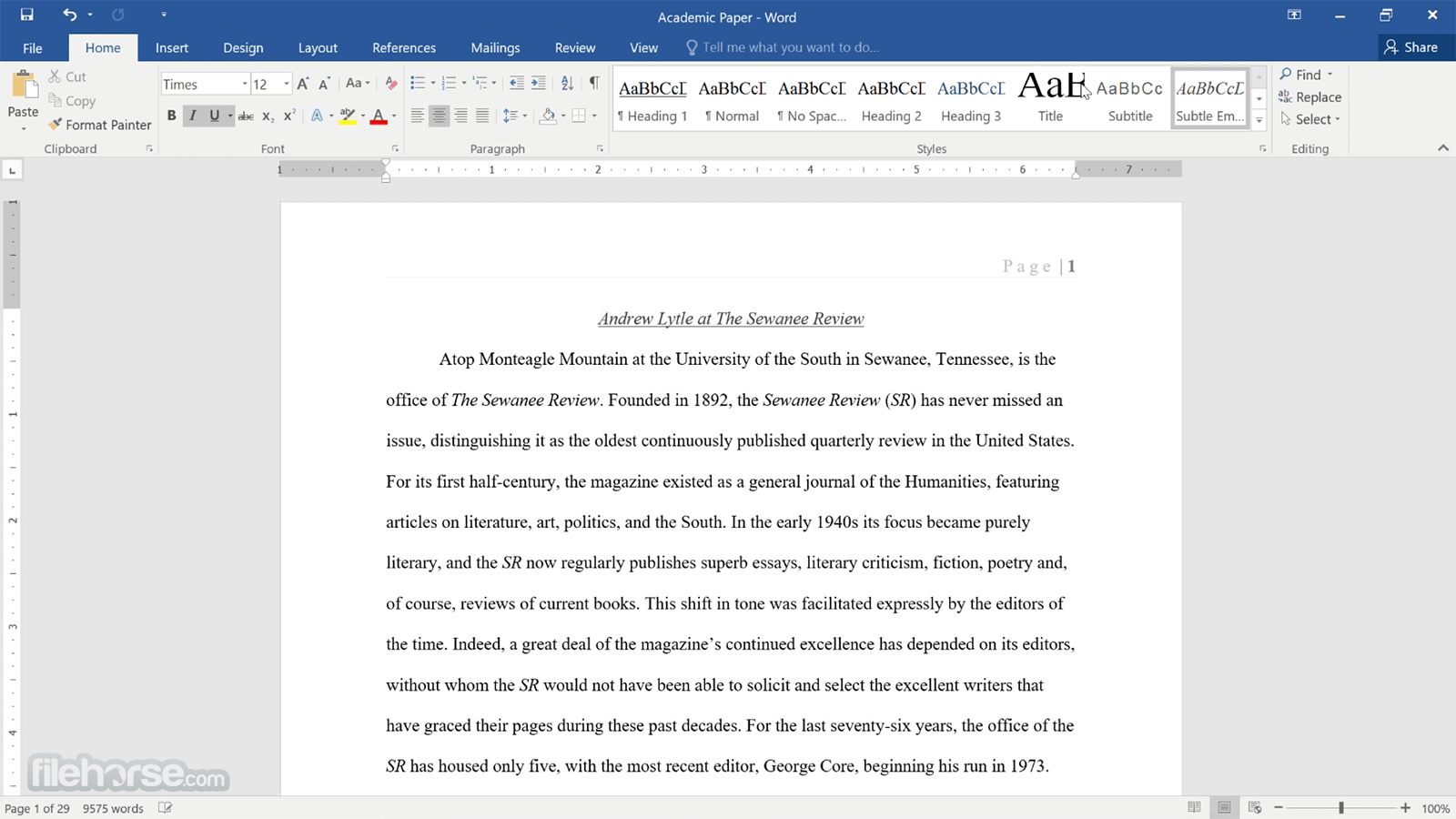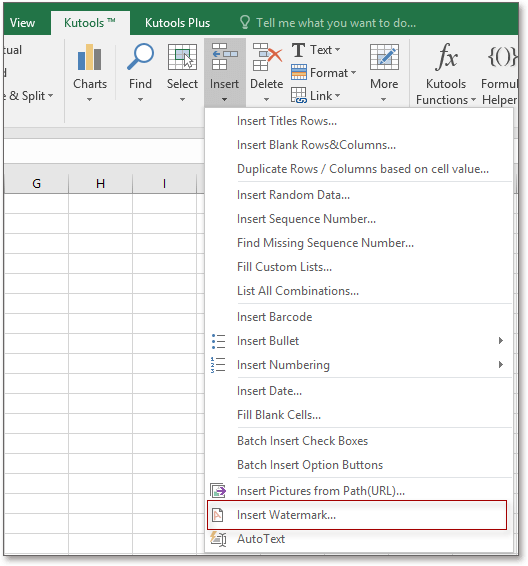

- #Remove data in chart in microsoft for mac update
- #Remove data in chart in microsoft for mac series
- #Remove data in chart in microsoft for mac windows
Next, click on the Chart tab again and click the button for the other type of chart you want to combine here.
#Remove data in chart in microsoft for mac series
You'll create a chart of the selected type with both data series shown.Ĭlick on the chart representation of one of the data series - for example, if you selected a column chart, select on the columns showing the data you wanted in a line chart to select that data series within the chart. The most commonly used combination chart type mixes a column chart with a line chart. Be sure to include the cells with the labels in the selection area.Ĭlick on the "Charts" tab in the ribbon and select a chart type from the "Insert Chart" group. Select all the cells with data you want to include. Each data series needs to be in its own column or row and the number of cells used for each data series needs to be identical. Sales data broken down by month would be an example of a data series. To edit the data that displays on the map, for example, if you add more locations, right-click the chart and click “Select Data.” Alternatively, you can go to the “Chart Design” tab and click “Select Data” in the ribbon.Gather your data, making sure you organize it by the appropriate axes. And to resize the chart, drag one of the corners or edges. If you want to prevent changes, you can lock the Microsoft Excel chart in place. You can easily move the map chart anywhere you want on your sheet.
#Remove data in chart in microsoft for mac update
Whichever you choose, you’ll see your map update immediately. Click “Styles” to scroll through premade themes or “Color” to pick a colorful or monochromatic scheme. Select the chart and click “Chart Styles” (found on the paintbrush) on the right. The map chart is pretty basic in its color, but you can spruce it up with a theme or color scheme. You can also select “More Legend Options” to open the sidebar and format the text and additional options. Hover your cursor over the arrow to the right of “Legend” in the Chart Elements box and choose a position for the legend. Click the drop-down for “Maps” and choose “Filled Map.” When you’re ready to create the map chart, select your data by dragging through the cells, open the “Insert” tab, and move to the “Charts” section of the ribbon. Today, we are excited to announce the first step in a journey to support Power Query in Excel for Mac. These tools, based on Power Query technology, enable you to easily connect, combine, and shape data coming from a variety of sources.
#Remove data in chart in microsoft for mac windows
The map chart in Excel works best with large areas like counties, states, regions, countries, and continents. Excel 2016 for Windows introduced a powerful set of Get & Transform Data tools. You’ll only see dots representing those types of locations. While you can use the chart for smaller areas, such as cities, the map won’t be as effective. Or, alternately, it might be your sales amounts, number of stores, average operating costs, or other data you have already prepared in your spreadsheet. Like the examples listed above, this can be the population or abbreviation that you can obtain from the built-in geography data type in Excel. This allows you to select the cells containing that data and simply insert the chart for it.

Like with other chart types in Microsoft Excel, it’s best to start with populated data. You can then format it with labels, a legend, and an appropriate color scheme. Whether you want to display populations in several countries for your sales team or abbreviations for the United States for your elementary school class, you can create a map chart easily in Microsoft Excel.

So for geographical data, why not use the map chart type in Microsoft Excel? They can make viewing and analyzing data easier, especially for your audience.

Charts are helpful for visual displays of your data.


 0 kommentar(er)
0 kommentar(er)
